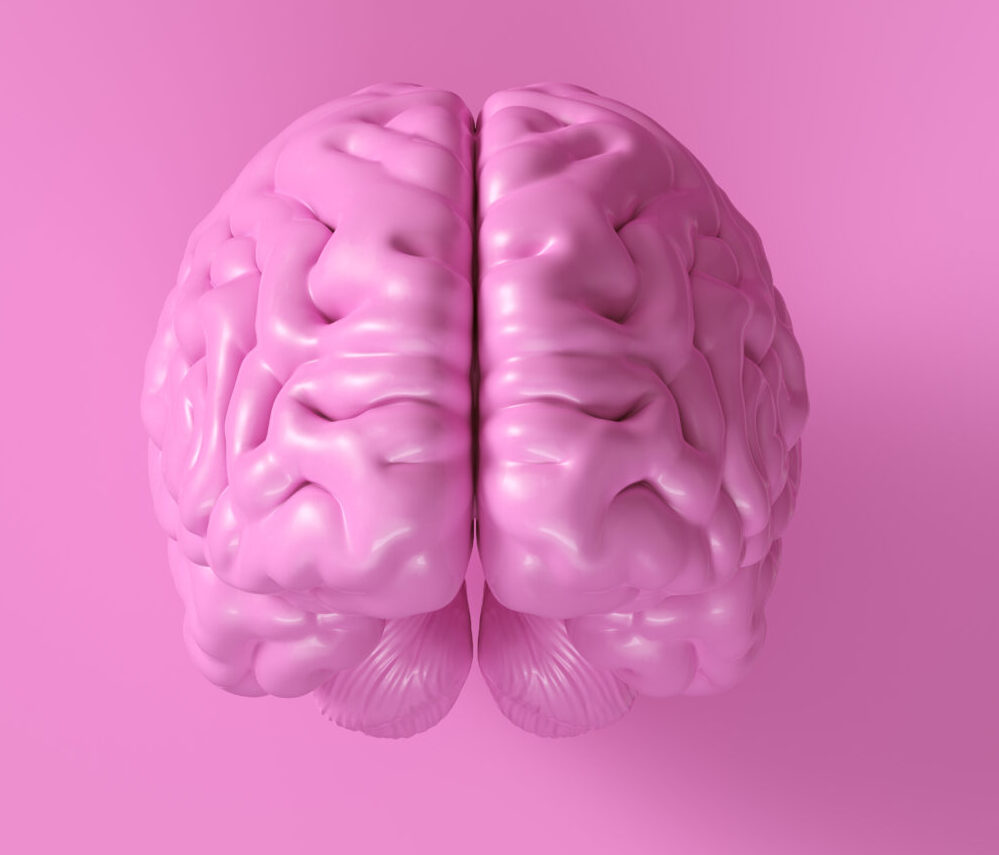**Understanding Neurodegenerative Diseases: Lessons from Alzheimer’s**
Neurodegenerative diseases, such as Alzheimer’s and Parkinson’s, are conditions where the brain’s cells gradually die, leading to significant cognitive and motor impairments. These diseases are complex and multifaceted, making them challenging to study and treat. However, researchers have developed various models to better understand and combat these conditions. In this article, we will explore the lessons learned from modeling Alzheimer’s disease, which can also apply to other neurodegenerative diseases.
### The Importance of In Vitro Models
In vitro models, which involve growing cells in a lab dish, are crucial for studying neurodegenerative diseases. These models can be either two-dimensional (2D) or three-dimensional (3D). **2D models** are simpler and easier to manage, but they often lack the complexity of real brain tissue. **3D models**, on the other hand, more closely mimic the brain’s structure and function, incorporating multiple cell types like neurons, astrocytes, and microglia[1][4].
### Using Stem Cells to Create Brain Tissue
One powerful tool in creating 3D models is the use of induced pluripotent stem cells (iPSCs). These cells can be derived from a patient’s skin cells and then differentiated into various types of brain cells. This method allows researchers to study the disease in a more personalized and realistic way. For example, midbrain organoids for Parkinson’s disease and brain organoids for Alzheimer’s disease have been successfully created using this technique[4].
### Machine Learning and Biomarkers
Alzheimer’s disease is often diagnosed using clinical biomarkers such as memory tests and imaging scans. However, these methods are not always accurate, especially in the early stages of the disease. **Machine learning** techniques, like artificial neural networks and support vector machines, have been applied to analyze blood gene expression profiles and clinical data. These methods can identify new genetic biomarkers and predict the progression of the disease more accurately[2].
### Analyzing Brain Dynamics
Another approach to understanding Alzheimer’s is by analyzing brain dynamics. Researchers have used electrophysiological recordings to study the changes in brain waves and oscillations that occur in Alzheimer’s disease. The Discrete Padé Transform (DPT) is a powerful tool for interpreting these recordings, providing insights into the circuit mechanisms of the disease. This method can help distinguish between healthy and Alzheimer’s-affected brain networks, both in humans and animal models[3].
### Bayesian Copula Graphical Models
To better understand the complex relationships between various factors in Alzheimer’s disease, researchers have employed Bayesian copula graphical models (GCGMs). These models can handle mixed variable types, including binary, discrete, and continuous variables. They provide a robust representation of conditional dependency structures and have been successfully applied in neuroscience and brain connectivity studies. This approach has helped identify indirect pathways through which old age reduces cognition, such as hippocampal volume loss and amyloid-beta accumulation[5].
### Conclusion
Neurodegenerative diseases like Alzheimer’s are complex conditions that require comprehensive and multifaceted approaches for understanding and treatment. In vitro models, machine learning techniques, and advanced analytical methods like Bayesian copula graphical models have significantly advanced our knowledge of these diseases. By integrating these lessons, researchers can develop more effective therapeutic strategies and improve outcomes for patients suffering from neurodegenerative diseases.
—
By understanding the intricacies of Alzheimer’s disease through these models and techniques, we can gain valuable insights that can be applied to other neurodegenerative conditions, ultimately leading to better treatments and a deeper understanding of these complex diseases.


